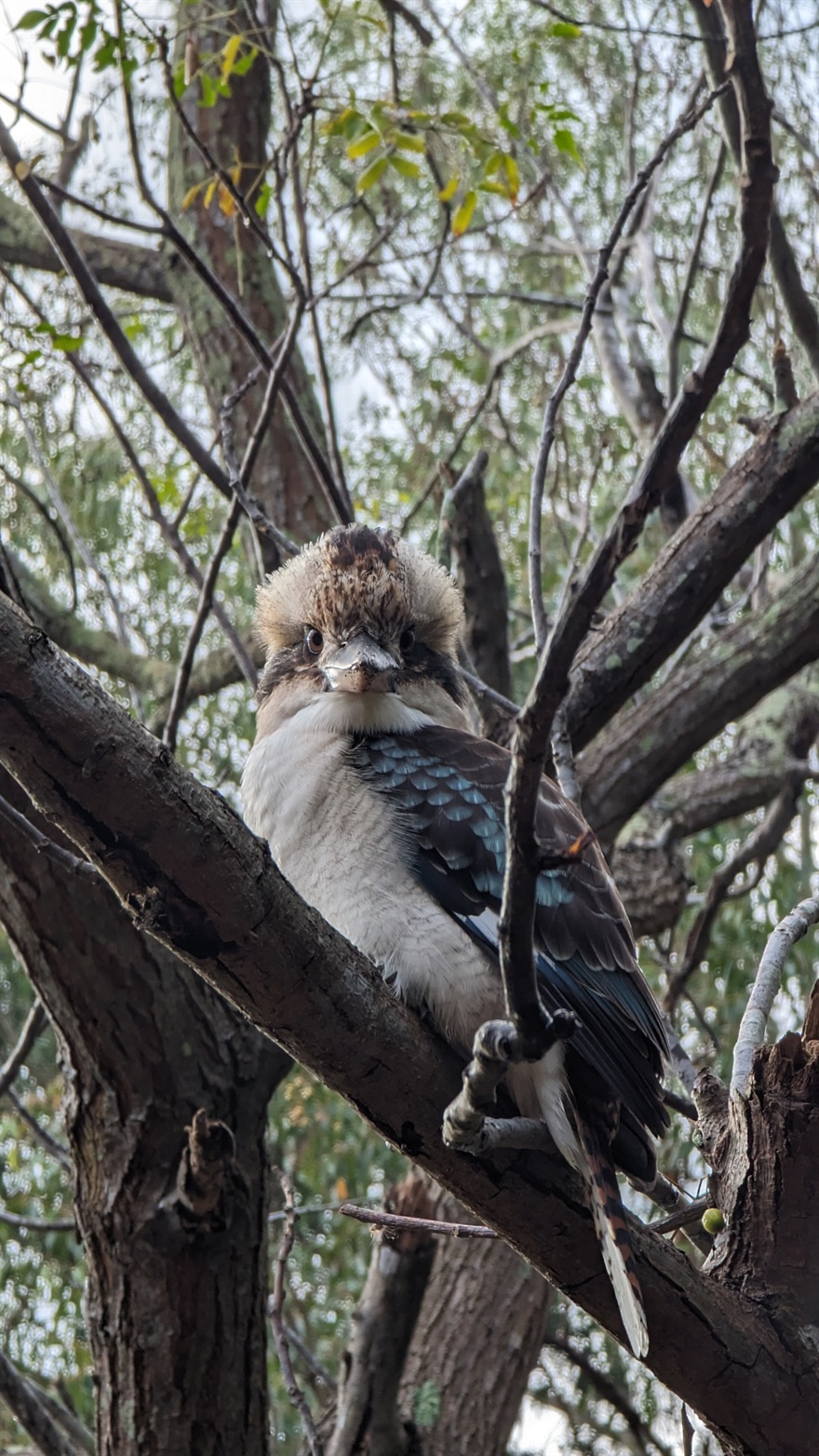Wildlife Protection

Under the NSW Companion Animals Act 1998, domestic cats are permitted to freely roam onto any property, regardless of land tenure. The only exceptions are public areas where food preparation facilities are provided (i.e. park picnic/BBQ areas) and places designated by a local Council as Wildlife Protection Areas.
Wildlife Protection Areas (WPAs) provide a refuge for our wildlife where the impacts of threats can be managed. Boronia Park and Buffalo Creek Reserve have been declared WPAs to provide a greater level of protection to native wildlife from the adverse impacts of cat predation. These reserves form part of a regionally significant wildlife corridor along the Lane Cove River. As domestic cats are prohibited from entering WPAs, responsibility is placed on cat owners to prevent their pet cat(s) from entering these bushland reserves.
Signage has been installed at reserve entrances and neighbouring properties have received an “Information for Cat Owners Neighbouring a Wildlife Protection Area” brochure – see below. Community education is ongoing and the Bushland staff regularly engage with residents adjoining bushland reserves.
Information on proven strategies that help transition domestic cats accustomed to roaming to a more confined environment are readily available in the brochure as well as on the internet. The Cat Protection Society of NSW Inc. recommends that all cats be kept strictly indoors overnight and that cats confined to their own properties are more likely to live longer, healthier lives – see link below.
Council staff will conduct monitoring and phase in a strategic trapping program in these WPAs . If through this process a domestic cat is trapped, its owner will be notified with a caution reminding the owner of their responsibilities under the Companion Animals Act 1998. Repeated failure by a cat owner to appropriately manage their pet cat may result in fines up to $880.
Our aim is to strike a balance between responsible cat ownership and the protection of our local native wildlife so that reserves can support viable long term populations of native wildlife.